Here is some more pleasant international news to add to the Conservative Party’s success in Britain alongside the success of the center-right coalition in Finland this year. After being out of power since 2011, the right wing bloc led by Lars Løkke Rasmussen has again captured a majority of seats in Denmark’s Folketing (Parliament).
As with any country with more than two parties in its legislature, the task of building a government can be complicated, and in Denmark, it is no different. If anything, the differing political views of the parties that make up the right-wing “Blue Bloc” make this a particularly interesting case. There are 179 seats in the Folketing, with 175 in Denmark and 2 each in Greenland and the Faroese Islands, meaning 90 seats are needed for a majority. The right-wing bloc has exactly that number, but after the votes were counted, Venstre, the country’s leading conservative party, will only form the third largest party in parliament with just 19.5% of the vote and 34 of the 175 seats. The Social Democrats are the largest single group with 26.3% and 47 seats, but the second largest is where the real surprise lies. The Denmark People’s Party (DPP) is a right-wing populist party most known for its anti-immigration stance, and they took second place with 21.1% and 37 seats. Here’s how German news pulication Deutsche Welle explains it:
The DPP, which wants to remove Denmark from the Schengen area of free movement inside Europe and massively reduce the number of refugees in Danish territory, has been slowly gathering steam since Dahl took over leadership in 2012. Dahl has softened some of the harsh anti-immigrant rhetoric employed by his predecessor, Pia Kjaersgaard, and moved the party slightly to the left on some economic issues.
While outgoing Prime Minister Helle Thorning-Schmidt’s Social Democrats won the most votes of any single party at 26.3 percent, her leftist bloc only garnered 85 seats in Danish parliament to the right-wing bloc’s 90, and she was forced to concede defeat to Rasmussen.
Despite being the ostensible victor, Rasmussen’s Venstre party, previously the largest right-leaning party in Denmark, had a relatively poor showing, coming in at just 19.5 percent.
Other members of the Blue Bloc will make up 19 votes, and all of the bloc’s support comes from within Denmark after it lost the one seat held by a conservative party in the Faroese Islands.
So, now that the Blue Bloc has its 90 seats, the negotiations for forming a government have begun, and this is where it gets really complicated. The DPP has a history of being anti-establishment and unwillingness to officially join governments. During the 10 years of conservative rule from 2001 to 2011, the government technically operated as a minority government, with the DPP being outside it but a willing partner in its legislative agenda. It is probable that it will join the government this time around. With 37 seats to Venstre’s 34, it is far too big to ignore.
Meanwhile, the smaller Conservative People’s Party has indicated that it does not want its 6 members in the government. The Liberal Alliance and its 13 seats will probably have to join the government one way or another. Altogether if the DPP, Venstre, and the Liberal Alliance team up, they will have 84 of the 90 necessary for a majority, a more than workable number with the CPP being an out-of-government ally. Here’s the latest from the Copenhagen Post:
Rasmussen said he had tried – but failed – to come to a consensus with the other parties.
“I honestly tried, but realised it was not possible,” he told DR Nyhder.
Rasmussen is scheduled to meet with Queen Queen Margrethe II today to get her blessing to form a minority government.
“I will report this to the queen,” he said.
An uneasy allianceThe pundits predict that Venstre will either ask DF to take part in forming a new government, or that Venstre will form a government on its own, although Rasmussen would most likely like to avoid the latter scenario.
To put all of this in more understandable terms, this is what it would look like if the UKIP had one a third of the seats in the British Parliament. Contrary to the image painted by some American conservatives, the UKIP is hardly the ideal right-wing political party, and neither is the DPP. Both have strong nativist, even racist, streaks much more akin to the American Know Nothing Party than anything in mainstream American conservatism.
This election was also a win for Euroscepticism, just like in Britain. With the putrid stew cooking in Greece, among other issues, it’s unsurprising that more and more people want out of or reduced participation in the European Union.
Nevertheless, the results of this election are a huge win for the right in Denmark, and if anything, they are indicative that the longtime Social Democratic country is heading rightward long term. The results of the 2001 election represented the first time right-leaning parties had ever held a majority in the Folketing under the current democratic system in Denmark, which started in 1901. It was the first time since 1924 that the Social Democrats were not the largest party there. That began a decade of conservative rule under PM Anders Fogh Rasmussen and the once-and-future PM Lars Løkke Rasmussen (no relation*), and while the SDs are back as the largest single party, it is the right that holds the largest bloc. That current Social Democrat PM Helle Thorning-Schmidt has tendered her resignation as party leader is more than enough evidence of the beating her party took at the polls.
Hopefully, all of these results bode well for conservatives in the United States as we head into 2016. In Scandinavia (including Iceland), long thought to be a bastion of social democracy, conservative and conservative leaning governments now form the government in every country except for Sweden. They have seen firsthand how punishing the welfare state can be. The Right is winning internationally in so many places, so let’s bring a victory for the good guys here in America.
*=This will be the fourth of the last five Danish governments led by someone with the surname Rasmussen. None of them are related, and in 2001, the leaders of both the victorious Venstre and the Social Democrats were named Rasmussen. Guess it’s good to have that last name if you have political aspirations there.

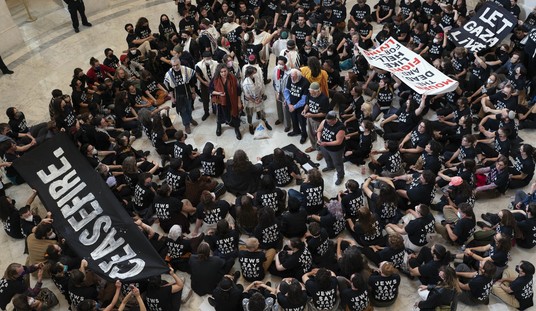
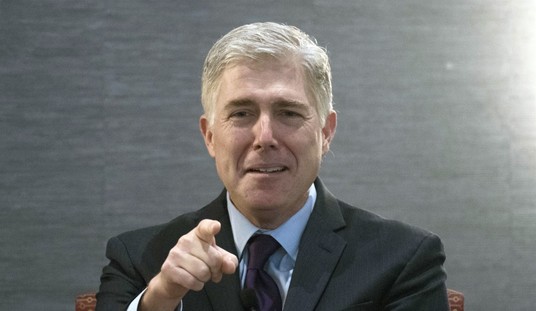
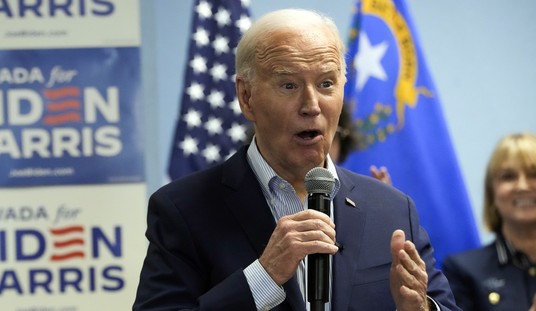

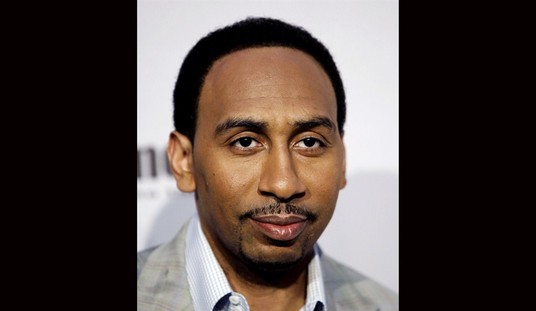
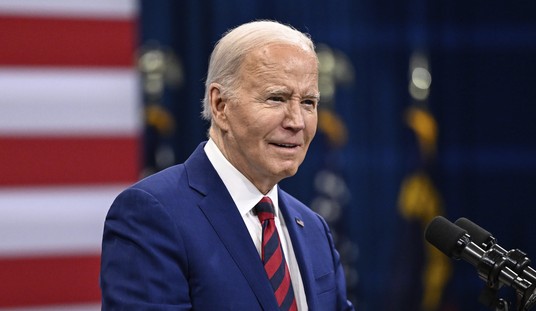

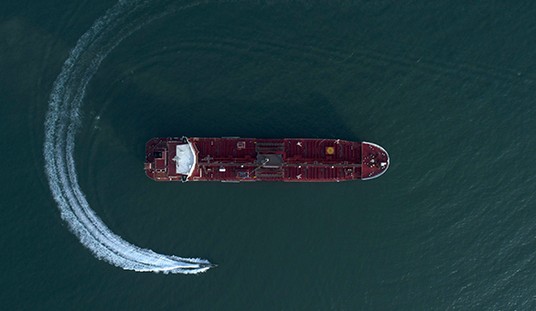




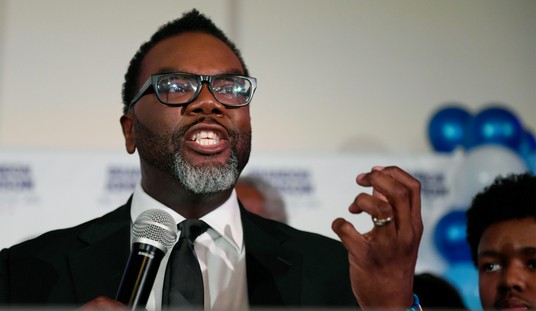
Join the conversation as a VIP Member